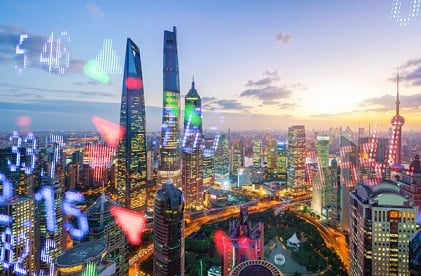

Tokyo is the global city with the most risks threatening its economy, according to an index created by the Lloyd’s of London insurance market. New York City is in second place, while Manila is in third place.
The Lloyd’s City Risk Index, a collaborative effort with Cambridge University, revealed that Tokyo’s proximity to volatile North Korea contributed the most to its risk score. Over US$24 billion in annual gross domestic product is at risk in Tokyo, with interstate conflict the largest threat, followed by tropical windstorm, flooding, and earthquake.
Lloyd’s said that Tokyo has invested in measures to mitigate these threats, earning it a “very strong” resilience rating. Its building code is well-known for being one of the most earthquake-ready in the world. However, Japan is mostly underinsured, with only US$35 billion insured out of the estimated US$210 billion of total economic losses caused by the March 2011 Tohoku earthquake and tsunami.
Meanwhile, Manila has around US$13.3 billion GDP at risk per year, with tropical windstorm as the most looming threat, which endangers 5.39% of its annual GDP.
According to the report, US$546.5 billion is at risk annually from 22 threats in 279 global cities. Man-made disasters account for 59% of GDP at risk, with market crash and interstate conflict being the most dangerous among all threats.
“Asian cities stand to lose the most GDP to risk, accounting for US$241.28 billion, or 44% of the global total,” the report added. The costliest threats are tropical storm, interstate conflict and market crash.
By improving the resilience of its cities, Asian governments could save a total of US$34 billion annually, Lloyd’s said. The growing wealth in many Asian cities should be invested in building strong infrastructure and mitigating the threats to economic growth posed by many of the risks in the index – and it is already happening.
“Singapore has become a world- leader in water technology, because it is threatened by drought; Japan leads the world in earthquake technology, because it sits in a seismic area,” the report said. “Technology offers many ways to reduce risk, and along with other resilience-building measures such as insurance and infrastructure investment, offers city officials, businesses and communities multiple solutions to protect homes and livelihoods from the various threats they face.”
